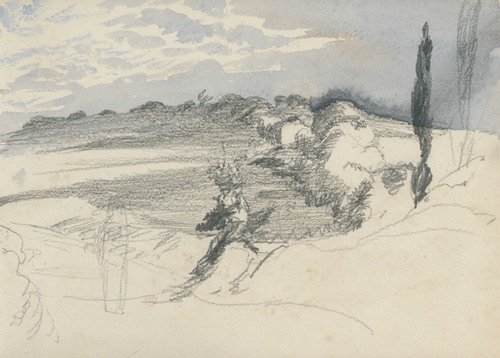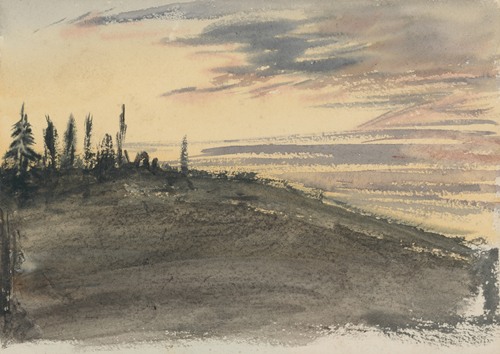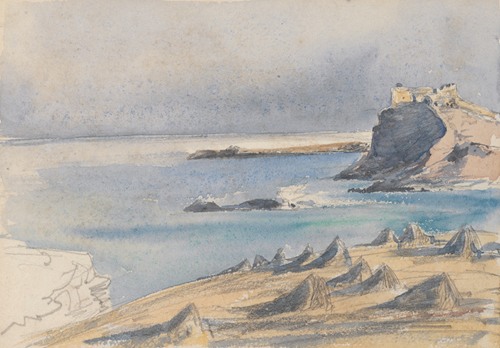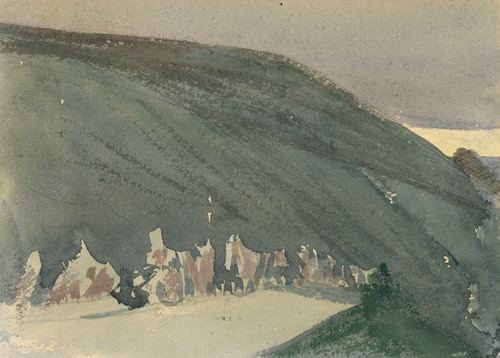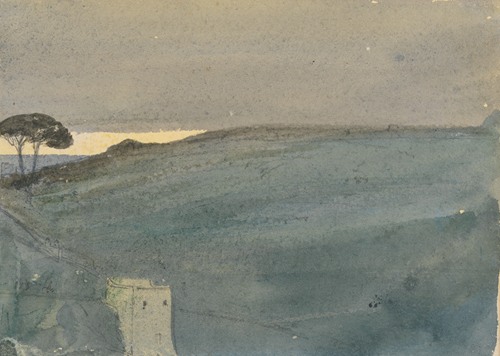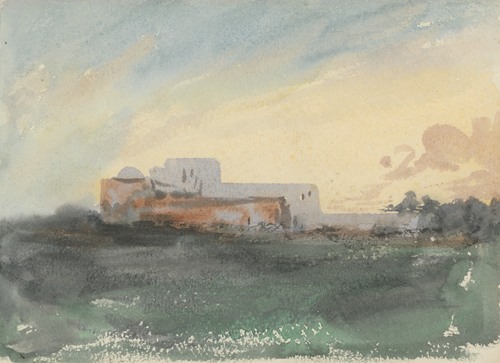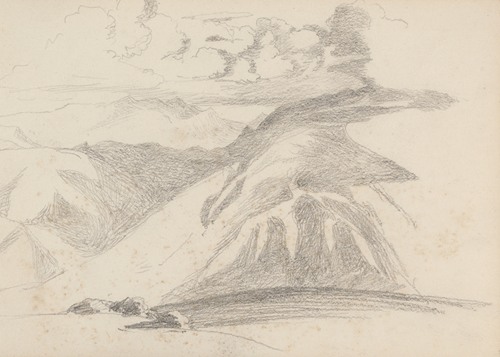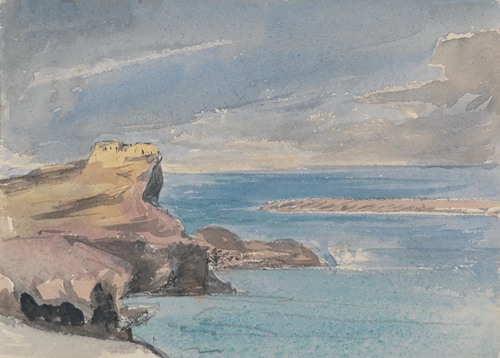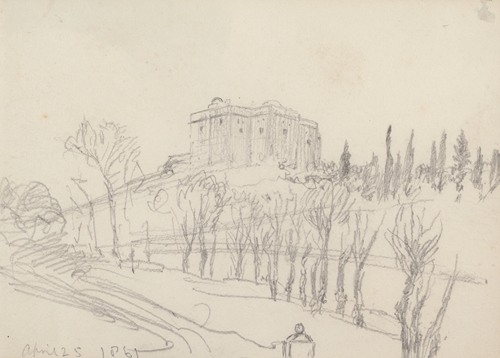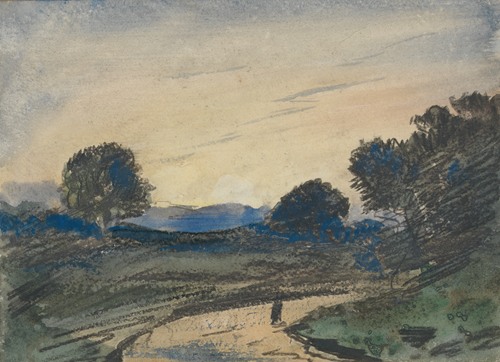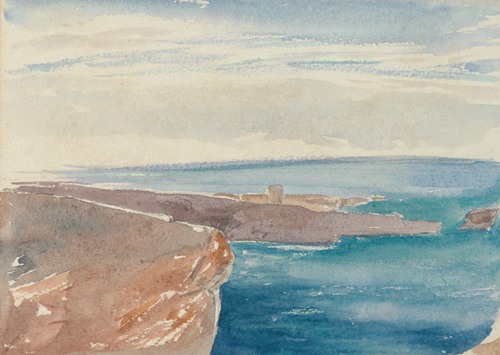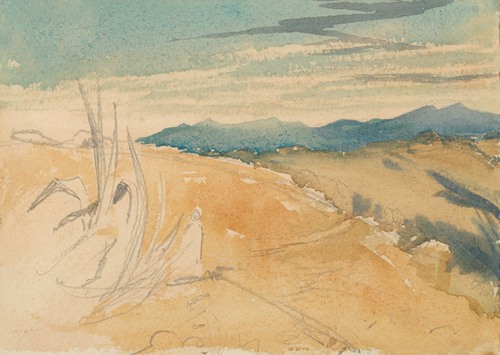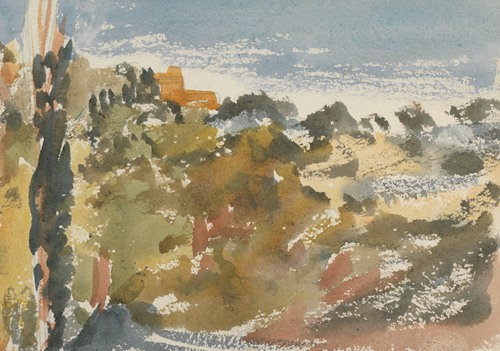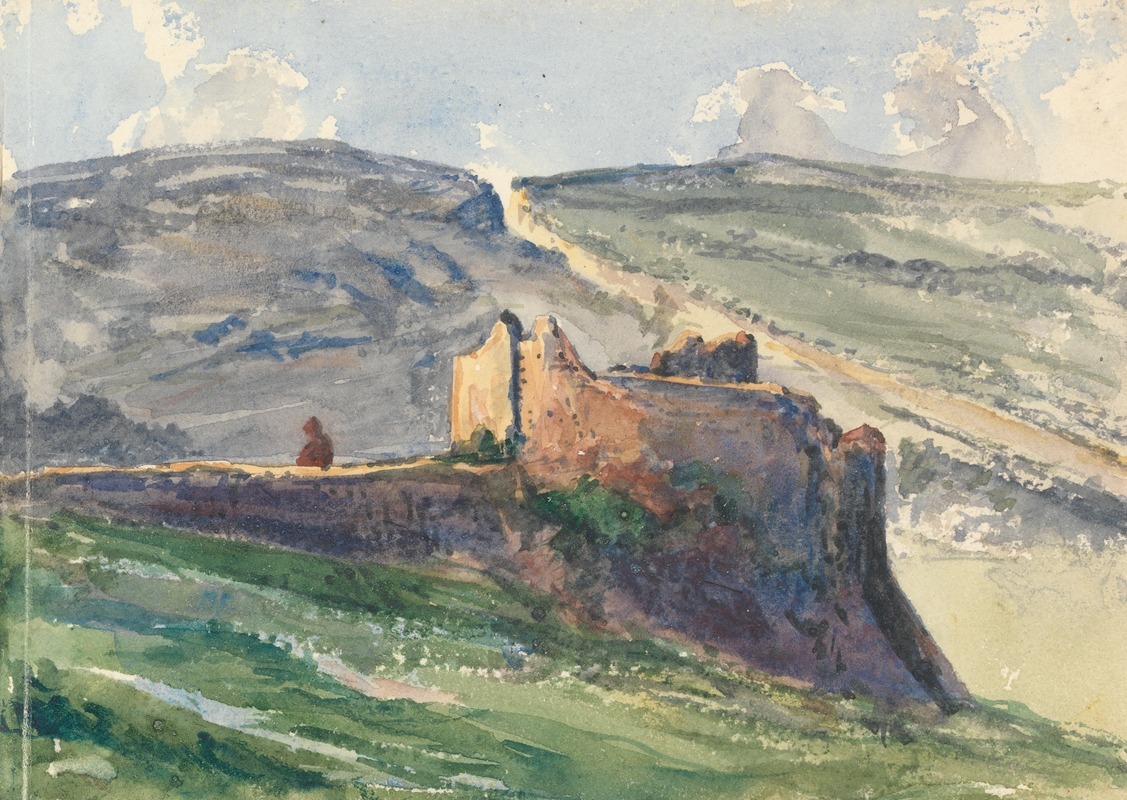
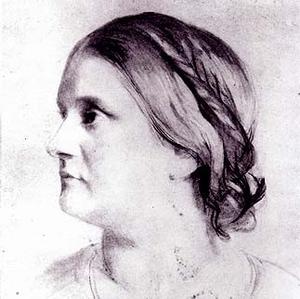
Barbara Leigh Smith Bodichon was an English educationalist and artist, and a leading mid-19th-century feminist and women's rights activist. She published her influential Brief Summary of the Laws of England concerning Women in 1854. She co-founded the English Woman's Journal in 1858. Bodichon co-founded Girton College, Cambridge (1869).
Barbara Bodichon was the extra-marital child of Anne Longden, a milliner from Alfreton, Derbyshire and a Whig politician, Benjamin (Ben) Leigh Smith (1783–1860), the only son of the Radical abolitionist William Smith. He had four sisters. One, Frances (Fanny) Smith, married William Nightingale (né Shore) and produced a daughter, Florence, the nurse and statistician; another, Joanna Maria, married John Bonham-Carter (1788–1838) MP and founded the Bonham Carter family. Ben Smith's father wanted him to marry Mary Shore, sister of William Nightingale, now a relative by marriage.
Ben Smith's home was in Marylebone, London, but from 1816 he inherited and bought property near Hastings: Brown's Farm near Robertsbridge, with an extant house built about 1700, and Crowham Manor, Westfield, which included 200 acres (0.81 km2). Although a member of the landed gentry, Smith held radical views. He was a Dissenter, a Unitarian, a supporter of free trade, and a benefactor to the poor. In 1826 he bore the cost of building a school for the inner city poor at Vincent Square, Westminster, and paid a penny a week towards the fees for each child, the same amount paid by their parents.
Smith met Anne Longden while on a visit to his sister in Derbyshire. She became pregnant by him and he took her to the south of England, housing her in a rented lodge at Whatlington, near Battle, East Sussex, as "Mrs Leigh", the surname of Ben Smith's relations on the nearby Isle of Wight. Barbara's birth caused scandal, as the couple did not marry. Smith rode from Brown's Farm to visit them daily, and in eight weeks Anne was pregnant again. When their son Ben was born, the four went to America for two years, during which another child was conceived.
On their return to Sussex, they lived openly together at Brown's and had two more children. After the last was born in 1833, Anne fell ill with tuberculosis. Smith leased 9 Pelham Crescent, Hastings, which faced the sea, whose healthy properties were highly regarded at the time. A local woman, Hannah Walker, was employed to look after the children. Anne did not recover and so Smith took her to Ryde, Isle of Wight, where she died in 1834.
Smith, unusually for the time, sent all his children to the local school to learn alongside working-class children, rather than sending the older males to boarding or an elite day school. He later shared financial endowments equally with all the children, both male and female, giving each an income of £300 per annum from the age of majority (21).
Early in her life, Barbara showed a force of character and breadth of sympathies that would win her prominence among philanthropists and social workers. Independent income gave her a freedom not normally felt by many women and Bodichon and a group of London friends began to meet regularly in the 1850s to discuss women's rights, and became known as "The Ladies of Langham Place". This became one of the first organised women's movements in Britain. They pursued many causes vigorously, including their Married Women's Property Committee. In 1854, she published Brief Summary of the Laws of England concerning Women, which helped to promote the passage of the Married Women's Property Act 1882. During this period Bodichon became friends with the artist Anna Mary Howitt, for whom she sat on several occasions.
Bodichon's first relationship was with John Chapman, editor of the Westminster Review, but she refused to marry him and lose her legal rights. On 2 July 1857, she married an eminent French physician, Dr Eugène Bodichon, at Little Portland Street Chapel. Incidentally this was in the year that the Matrimonial Causes Act 1857, for which Bodichon had campaigned, allowed women access to divorce courts. Although wintering for many years in Algiers, Bodichon continued to lead the movements she had initiated on behalf of Englishwomen.
In 1858 Bodichon set up the English Women's Journal, an organ to discuss direct employment and equality issues for women, in particular manual or intellectual industrial employment, expansion of employment opportunities, and reform of laws pertaining to the sexes.
In 1866, cooperating with Emily Davies, Bodichon produced a scheme to extend university education to women. The first small experiment in this, at Hitchin, developed into Girton College, Cambridge, to which Bodichon gave liberally of her time and money.
Bodichon was a Unitarian, who wrote of Theodore Parker: "He prayed to the Creator, the infinite Mother of us all (always using Mother instead of Father in this prayer). It was the prayer of all I ever heard in my life which was the truest to my individual soul."
On 21 November 1865 Barbara Bodichon, helped by Jessie Boucherett and Helen Taylor, brought up the idea of a parliamentary reform aimed at achieving the right to vote for women.
Despite all her public interests, Bodichon found time for society and her favourite art of painting. Bodichon studied under William Holman Hunt. Her water colours, exhibited at the Salon, the Royal Academy and elsewhere, showed originality and talent, and were admired by Corot and Daubigny. Bodichon's London salon included many literary and artistic celebrities of her day. She was an early member of the Society of Female Artists (SFA) and showed 59 art works with them between 1858 and 1886. She was George Eliot's intimate friend and the first to recognise the authorship of Adam Bede. Her personal appearance is said to have inspired "the tall, red-haired heroine of Eliot's Romola with her 'expression of proud tenacity and latent impetuousness'".
Bodichon died at Robertsbridge, Sussex, on 11 June 1891.
